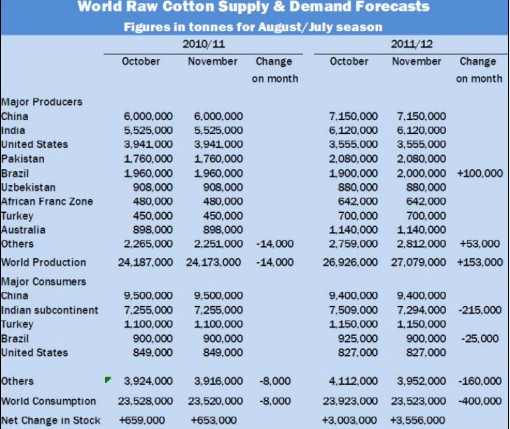|
For instance, the continuous capacity addition in yarn manufacture ought to have tempered official fears of yarn shortage for weavers and knitted garment manufacturers while formulating policy. That has not been the case. Similarly, it is well recognised that as an approach to cloth-making hand weaving is now more expensive than mass manufacturing. It is no surprise that the poor of the land have found cheaper alternatives in fabrics woven by machine. Another anomaly is that while the law reserves several varieties for the handloom sector, these mass consumption fabrics whose parity depends on yarn prices are actually made by power looms. Yet official policy maintains the pretence that this mandated reservation is for the benefit of millions of handloom weavers ¡ª who are the poorest members of the value chain after farmers. Indeed, so out of tune with reality is official policy that the proportion of the total output a yarn manufacturer must compulsorily wind in a coil form (hank) so as to be amenable for use by handloom weavers has remained the same despite the substantial changes in mass clothing habits. Nothing in the track record of governance witnessed over the last six decades gives room for any optimism that the government can handle this complexity and deliver on desirable policy outcomes. It is time a comprehensive nation-wide enquiry was conducted into the economics of the cotton textile sector, covering all its constituents and seeing how they have fared. Appropriate policy changes can follow.
|
|
Figuring out the textile crisis
Updated: 2011-5-27 Source: THE HINDU

Recommended News
Photo Gallery
Most Popular



